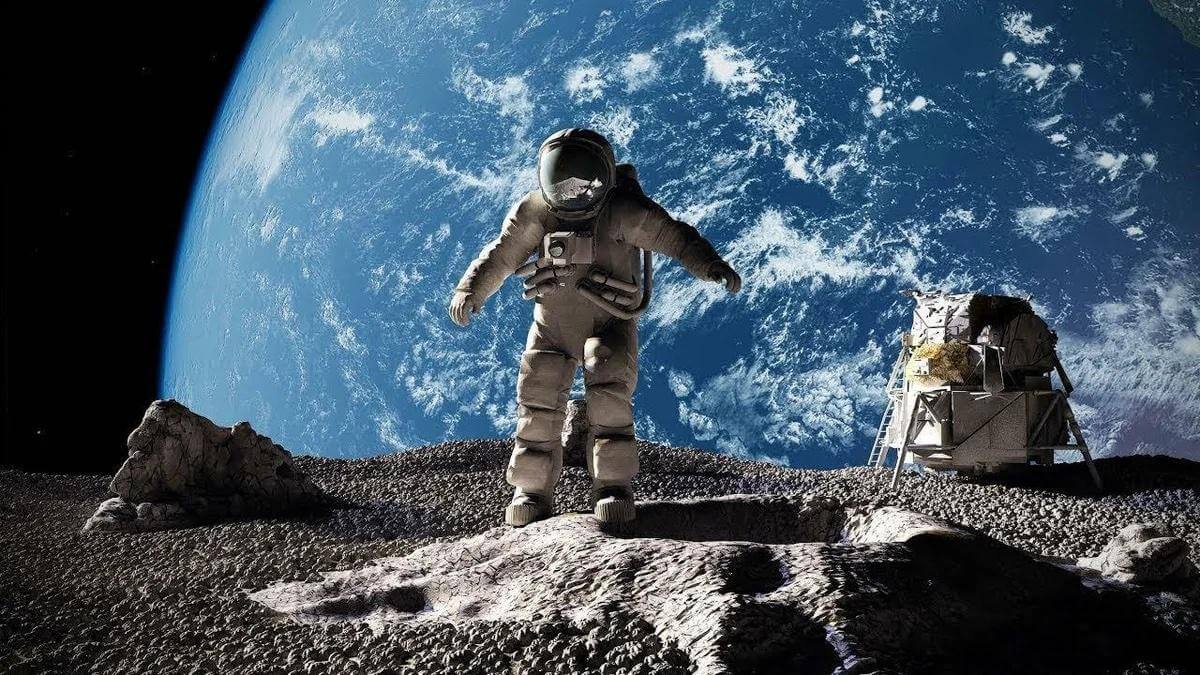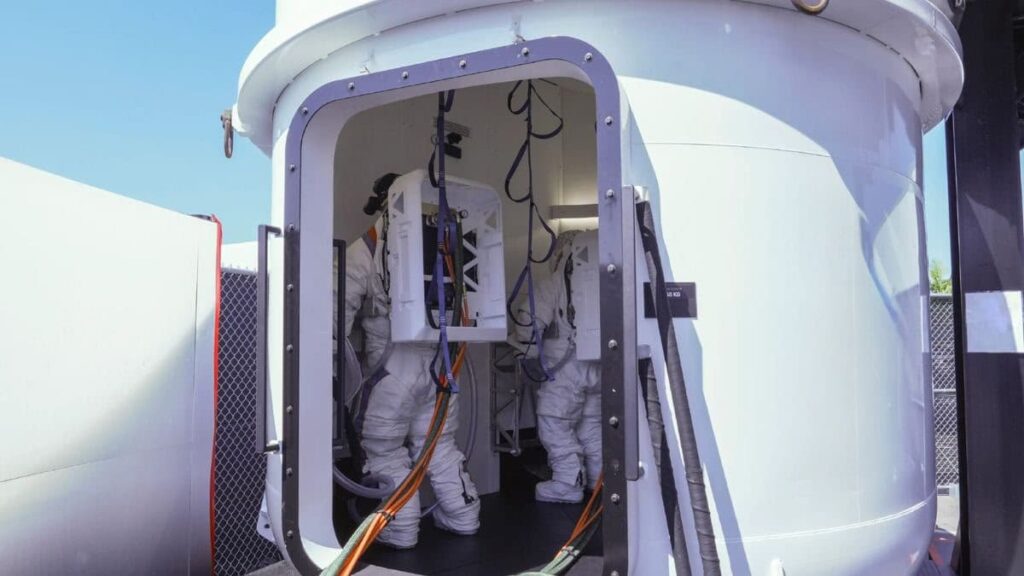The head of NASA’s Lunar Exploration Systems Division explained the previously unknown situation regarding landing humans on an Earth satellite in September 2026. Skeptics interpreted this statement as a desire by the US National Aeronautics and Space Administration to shift responsibility for the failure of the deadlines for the moon landing to someone else.
Catherine Koerner, who previously managed NASA’s human flight program and is currently responsible for “exploration systems” for the Artemis program, answered questions from the US media about what SpaceX’s next step should be so that the US can send people back. Moon in 2026. September of this year is still the deadline for landing on an Earth satellite, according to the space agency, but almost no one familiar with the space industry expects the plan to be implemented.
In order for NASA to stay on schedule, SpaceX must contractually pump cryogenic fuel into Earth orbit, Kerner said. According to him, this should happen at the beginning of 2025. Such a flight must involve quite complex manipulations. After a Starship is launched from Earth, another must be launched as a “capture” (Starship chaser). They then dock in Earth orbit and the “capture” will need to transfer a certain amount of fuel to the mother ship.
From the simplicity of explanation, these are all very complex operations. Both ships will need to dock in automatic mode. Pumping fuel is even more difficult: So far, no one in space has done this in comparable volumes. The fact is that to refuel the lunar version of Starship (Starship HLS) requires at least hundreds of tons of liquid methane and oxygen.
Therefore, the pumping volume from the “capture” ship should be close to its entire practical load (up to 100 tons). Until now, cryogenic fuel had never been pumped from one ship in orbit to another. The delivery of small volumes of non-cryogenic fuel (i.e., not requiring refrigeration) is technically much simpler.
Let us remind you that before “Artemis III” (the planned flight for the landing of an African-American man and a woman on the moon), Starship HLS had to be refueled from a special ship – a fuel accumulator. This should also be a Starship that will pre-refuel at least 10 flights of other Starship tankers. Since liquid methane and oxygen in orbit slowly boil off, the time to refuel the storage ship is limited to a few months.
This places huge demands on SpaceX’s ground infrastructure. Since Starship type ships are still under development, they can easily damage the launch towers where the first and second stages of this system must land. One tower is still operational in Boca Chique (Texas, SpaceX’s main spaceport for this program), while a second is under construction. SpaceX plans to equip its second launch site in Florida before the second half of 2025.
Towards the end of 2025, the next SpaceX demonstration mission is planned: It will involve the Starship HLS automatically flying to the Moon, landing there, and ascending into near-lunar orbit. So the ship is supposed to simulate its actions during Artemis III in 2026.
According to NASA’s plan, the Orion ship will be launched into orbit (on its own SLS rocket), fly into an orbit near the moon, from there the two astronauts will transfer to Starship HLS, which will land on the Moon, where it will stay for a week. It will then take off, dock with Orion again, and then return to Earth.
Naked Science has previously written that today there are great doubts about the timely implementation of this plan. During Orion’s first unmanned flight in 2021, it was found that its heat shield was significantly damaged when it returned to our planet. In a good way, the shield should be replaced and then tested with another drone flight.
However, this is unrealistic in practice because the cost of such a flight is $4.3 billion. For comparison: For the entire Starship HLS program, consisting of dozens of flights, NASA will pay SpaceX only 2.6 billion. There are no more than four in the agency’s budget – the possibility of some problems with “Orion” was not taken into account there.
Another weak point is spacesuits. Today, astronauts train in suits with empty backpacks in the Starship airlock. Lunar gear is very difficult to construct: American lunar suits in particular had limited mobility in the knees and caused air to escape after the initial ascent due to the use of zippers. A week-long mission to the moon with something of this level is extremely dangerous. The new landing suits have not yet demonstrated adequate readiness for landing in 2026.
In this regard, many in the United States believe that NASA is trying to shift responsibility for the inevitable disruption of the moon landing to SpaceX. But this may not work: Elon Musk’s company is showing serious success in tests. With a high probability, it will have time to demonstrate fuel pumping in orbit in the first quarter of 2025. In this case, the US National Aeronautics and Space Administration will have to look at the other end.














